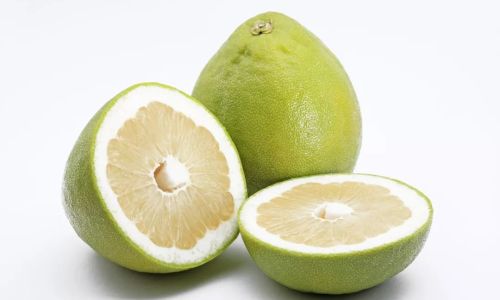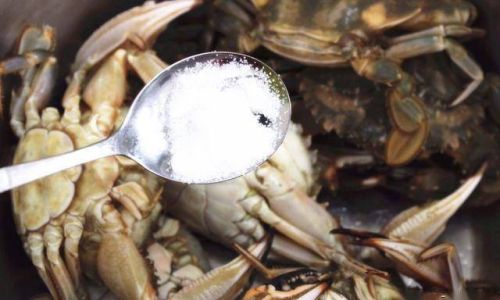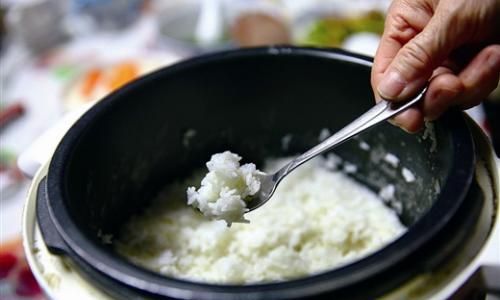Introduction
The pomelo, known scientifically as Citrus maxima, is a large citrus fruit renowned for its juicy, tangy-sweet flavor and numerous health benefits. Its thick rind, segmented flesh, and abundant juice make it a favorite among fruit enthusiasts. However, like many fruits, pomelos can sometimes suffer from dehydration, resulting in a dry, unappealing texture that detracts from their natural allure. This article delves into the reasons behind pomelo drying out and presents comprehensive strategies to rejuvenate and restore moisture to these otherwise delightful citrus delights. By understanding the causes and employing effective solutions, consumers and growers alike can ensure that their pomelos remain as luscious and hydrating as nature intended.

Understanding Pomelo Dehydration
Pomelo dehydration can occur at various stages, from the orchard to the consumer’s table. Several factors contribute to this issue, including:
-
Climatic Conditions: Extreme weather, such as prolonged droughts or heatwaves, can stress pomelo trees, reducing the amount of water available to the fruit.
-
Irrigation Practices: Inadequate or inefficient irrigation systems can lead to water scarcity in the soil, impacting the fruit’s hydration levels.
-
Harvest Timing: Premature harvesting can result in pomelos that haven’t fully developed their natural juices. Conversely, leaving them on the tree too long, especially under harsh conditions, can cause moisture loss.
-
Storage Conditions: Poor storage environments, including high temperatures, low humidity, or exposure to drying agents like air currents, accelerate moisture evaporation from the fruit.
-
Variety and Genetic Factors: Some pomelo varieties are inherently more prone to dehydration than others due to their genetic makeup and physiological characteristics.
-
Handling and Packaging: Rough handling during harvest, transportation, or packaging can damage the fruit’s protective peel, allowing moisture to escape.
Strategies to Restore and Maintain Pomelo Moisture

Addressing pomelo dehydration requires a multifaceted approach that addresses both pre-harvest and post-harvest management. Here are detailed strategies to ensure pomelos retain their moisture:
Optimal Irrigation Practices
Effective irrigation is crucial for maintaining pomelo hydration from the outset. Growers should:
-
Adopt Drip Irrigation: This method delivers water directly to the plant’s roots, minimizing evaporation and ensuring efficient water use.
-
Monitor Soil Moisture: Using soil moisture sensors can help maintain optimal moisture levels in the root zone, preventing both over- and under-watering.
-
Implement Water-Saving Techniques: Techniques like mulching and cover cropping help retain soil moisture and reduce the need for frequent irrigation.
Climate Control and Tree Management
Managing the orchard’s microclimate and tree health can significantly impact pomelo moisture levels:
-
Canopy Management: Pruning to create an open canopy allows better air circulation and light penetration, reducing humidity-related stress and improving fruit quality.

-
Windbreaks and Shade Nets: Installing windbreaks and using shade nets can protect pomelos from drying winds and excessive sun exposure.
-
Drought-Resistant Varieties: Selecting drought-tolerant pomelo varieties can mitigate the effects of water scarcity.
Timely and Careful Harvesting
Harvesting at the right time and with care is essential for preserving pomelo moisture:
-
Maturity Testing: Use maturity indicators such as fruit color, size, and sugar content to determine the optimal harvest time.
-
Gentle Handling: Harvest pomelos gently to avoid damaging the peel, which acts as a natural moisture barrier.
Proper Storage and Transportation
Maintaining optimal storage and transportation conditions is vital to preserving pomelo moisture:
-
Controlled Atmosphere Storage: Storing pomelos in controlled atmospheres with low oxygen and high carbon dioxide levels can slow respiration and moisture loss.

-
Humidity Control: Maintaining high humidity levels (around 90-95%) in storage facilities prevents moisture evaporation.
-
Temperature Regulation: Storing pomelos at cool temperatures (around 5-10°C) slows down metabolic processes, including moisture loss.
-
Packaging Solutions: Using moisture-retentive packaging materials, such as modified atmosphere packaging (MAP), can further extend the shelf life and maintain moisture.
Consumer-Level Preservation Techniques
Even after reaching consumers, there are steps they can take to keep their pomelos juicy:
-
Refrigeration: Storing pomelos in the refrigerator’s crisper drawer helps maintain their freshness and moisture.
-
Prompt Consumption: Eating pomelos soon after purchase minimizes the time they spend exposed to drying conditions.
-
Avoiding Ethylene Exposure: Keep pomelos away from ethylene-producing fruits like bananas and apples, as ethylene can accelerate ripening and dehydration.
Innovations in Pomelo Preservation

Research and technological advancements continue to offer new solutions for preserving pomelo moisture:
-
Edible Coatings: Applying edible coatings, such as chitosan or wax emulsions, can form a protective barrier on the fruit’s surface, reducing moisture loss.
-
Osmotic Dehydration with Rehydration: While traditionally used for drying fruits, osmotic dehydration followed by controlled rehydration can be adapted to restore moisture to dried-out pomelos.
-
Cryogenic Freezing: Ultra-low temperature freezing can preserve pomelos in a nearly hydrated state, although this method is more suitable for long-term storage in specialized facilities.
Conclusion
Pomelo dehydration is a multifaceted challenge that requires a combination of agricultural practices, storage solutions, and consumer awareness to address effectively. By implementing optimal irrigation, managing orchard conditions, careful harvesting, and maintaining proper storage and transportation protocols, growers can significantly reduce the incidence of dry pomelos. Consumers, too, play a crucial role by storing their pomelos correctly and consuming them promptly. As research continues to uncover new preservation techniques, the future holds promise for even more effective ways to keep pomelos juicy and delicious. By working together, from farm to fork, we can ensure that every bite of pomelo is as refreshing and hydrating as it should be.





0 comments